‘Tis the season for holiday decor! Whichever holiday(s) you celebrate, if you have pets, you’ve likely encountered the challenges and laughter that happen when they (literally) collide with your seasonal decorations. Cats, in particular, usually love Christmas trees. They are new, they are fun, and if they are real trees, they smell great. This is why there is no shortage of hilarious photos and videos across the internet of cats peering out from between the freshly lit branches.
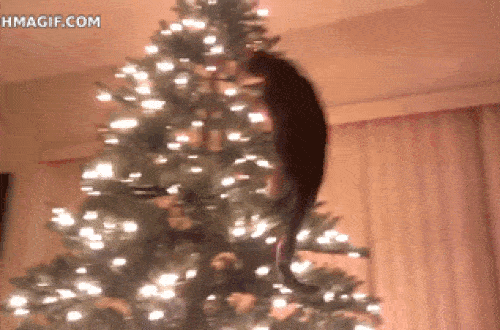 Cat people know that many kitties also like to munch on house plants and floral arrangements, many of which are toxic. Some can even be deadly. But are Christmas trees toxic to cats?
Cat people know that many kitties also like to munch on house plants and floral arrangements, many of which are toxic. Some can even be deadly. But are Christmas trees toxic to cats?
Yes. Real Christmas Trees Can Make Cats Sick.
Now, most cats aren’t going to find the taste of pine or fir to be appealing, but it likely takes a nibble for them to figure that out. (And does your cat go along with what most cats do anyway?) There are two points of concern with eating needles from live Christmas trees:
- Sharp needles from certain species of trees can actually puncture tissues after they are swallowed. Obviously, this is painful and can be dangerous.
- The resin, or sap, from pines and firs is toxic to cats.
When cats ingest small amounts of a tree’s sap by chewing on branches and needles, it can cause GI distress like vomiting, cramping, drooling, and diarrhea. Chronic consumption or a large amount consumed at once can damage kitty’s kidneys and liver. Further, any method of consuming the resin can cause harm. This includes drinking water from the Christmas tree stand or grooming sap off of their hair if they get some on them from walking under the tree.
Cat-Proof Your Tree.
If you have any reservations at all about your cat nibbling on your tree, please be cautious. Since you know that Christmas trees are toxic to cats, it might be best to use a fake tree to avoid the risk of illness. If a real tree is definitely your choice, some people opt to block access to it with an exercise pen like is used for dogs. It might also be beneficial to bring in the tree and wait a couple of days before decorating it with all the tempting dangly ornaments. This can allow enough time for some to get bored with it, but do supervise…a lot…the first few days. Definitely prevent access to the tree water.
Unsure how it’s going to go? Keep a close eye on your fur kid until you know if they can be trusted with a real tree. Best for all involved to avoid a Christmas CATastrophe.
As for all those internet videos of cats and Christmas trees…watch them all. This not-so-guilty pleasure is actually good for you. Don’t believe us? There is science to prove it!


 Is Pet Insurance Worth It?
Is Pet Insurance Worth It?
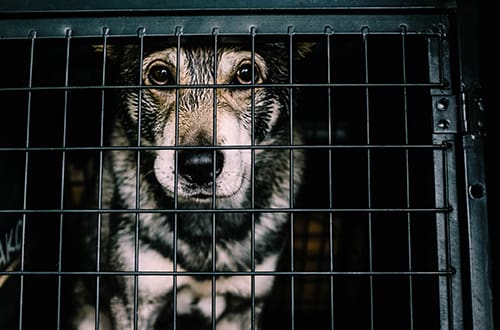 County or city shelters have limited kennel space. Most run at max capacity all the time. This means that in order to make space for new arrivals of strays or dogs who are unwanted by their owners, they must euthanize cats and dogs to create an empty kennel. It’s a cycle perpetuated by humans, so it’s up to humans to make it better.
County or city shelters have limited kennel space. Most run at max capacity all the time. This means that in order to make space for new arrivals of strays or dogs who are unwanted by their owners, they must euthanize cats and dogs to create an empty kennel. It’s a cycle perpetuated by humans, so it’s up to humans to make it better.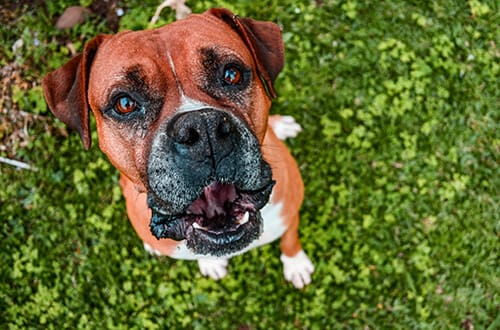 DCM is most common in adult or senior large and giant breeds, but there are a few exceptions, such as cocker spaniels. Interestingly, a genetic mutation responsible for causing
DCM is most common in adult or senior large and giant breeds, but there are a few exceptions, such as cocker spaniels. Interestingly, a genetic mutation responsible for causing 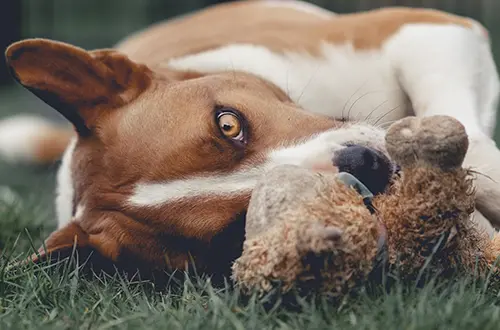 It’s true that pups will sometimes pass or vomit the thing that they swallowed naturally, but you still need to plug in and evaluate the situation. A foreign object, even a sock, can turn deadly if an obstruction occurs. Veterinarians sometimes opt to induce vomiting if the incident just happened, rather than risk waiting for the object to pass through the intestines.
It’s true that pups will sometimes pass or vomit the thing that they swallowed naturally, but you still need to plug in and evaluate the situation. A foreign object, even a sock, can turn deadly if an obstruction occurs. Veterinarians sometimes opt to induce vomiting if the incident just happened, rather than risk waiting for the object to pass through the intestines.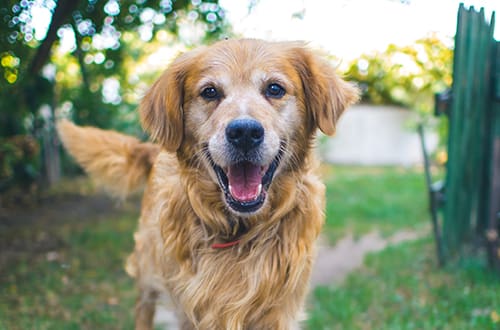 Fall’s seasonal allergies for pets in NC often start before fall actually does. Ragweed and molds, which spike from around early September, are common triggers for dogs and cats, just like they are for people. For our pets, this generally manifests as
Fall’s seasonal allergies for pets in NC often start before fall actually does. Ragweed and molds, which spike from around early September, are common triggers for dogs and cats, just like they are for people. For our pets, this generally manifests as  First, What NOT To Do.
First, What NOT To Do.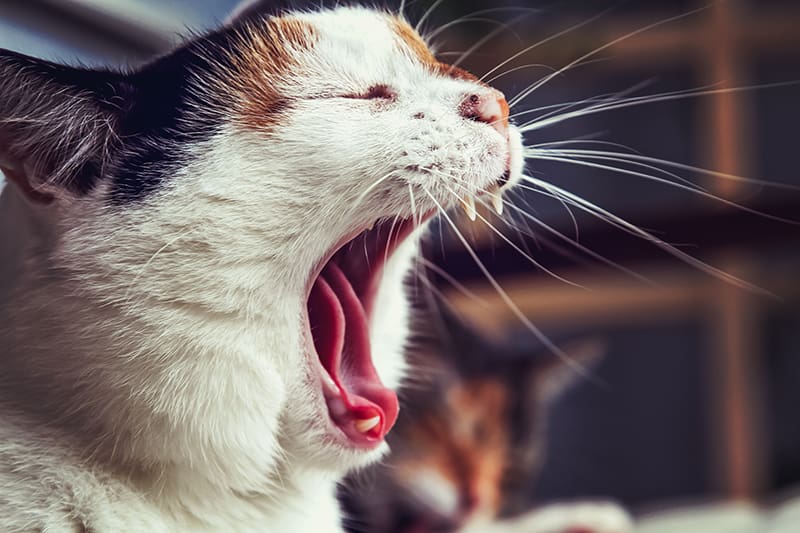 The Risks of Dental Disease
The Risks of Dental Disease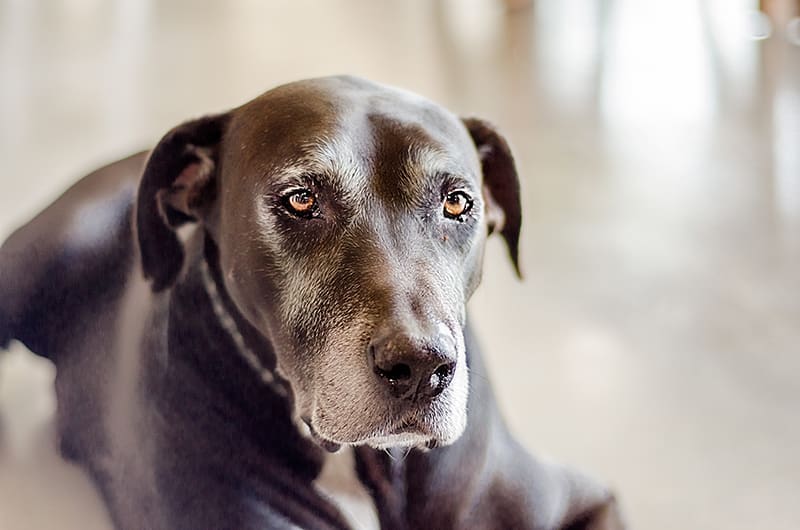 Lymphoma
Lymphoma



